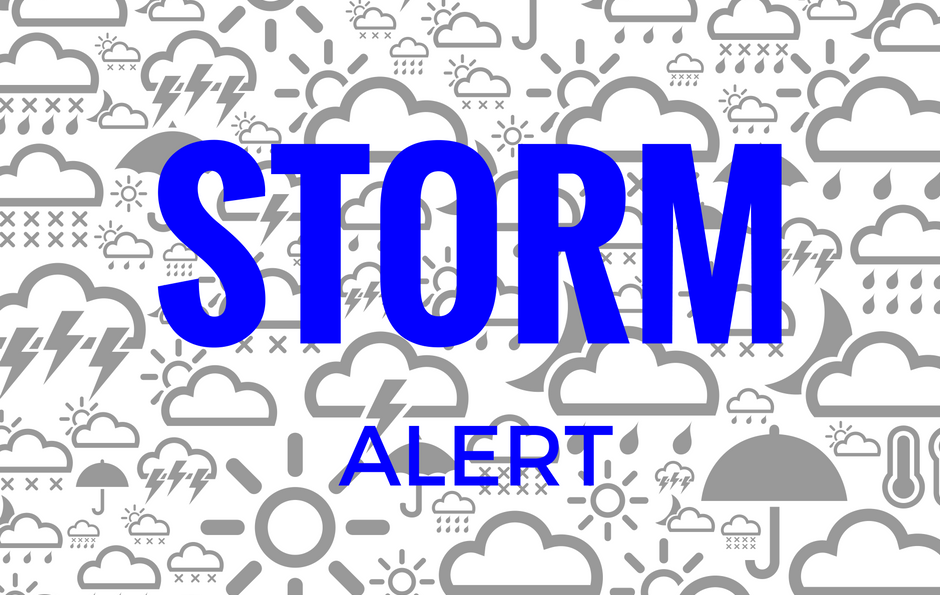PG&E Power Shutoff
Para traducir esta página, haga clic en icono de globo" ![]() ", y seleccione su idioma.
", y seleccione su idioma.

Planned power outages, otherwise known as "PSPS" have become a standard tool used by PG&E to reduce the risk of wildfire during certain weather events. In October of 2019, Marin County experienced a multi-day County wide PSPS. All residents should take steps to prepare for multiple days without power during fire season. Learn more below and on PG&E's preparedness website.
Sign up for PG&E Power Shutoff Alerts
- By Text: Text ‘Enroll’ to 97633
- By Phone: Dial 877-9000-PGE
Individuals with access and functional needs
During Public Safety Power Shutoff (PSPS) events, individuals with access and functional needs should reach out to local government for assistance. As a secondary option, individuals can also – through a new pilot program sponsored by Pacific Gas and Electric (PG&E) – reach out to local Independent Living Centers (ILCs) for assistance.
If you rely on power to operate life-sustaining medical devices, one of the ILCs listed below may be able to cover the costs associated with accessible transportation to and from PG&E Community Resource Centers. They may also provide funds for hotel expenses, use their offices as charging stations, and provide loaner backup battery power.
Marin Center for Independent Living (MCIL)
Aging & Disability Resource Connection - Aging & Adult Info Line: (415) 457-INFO


